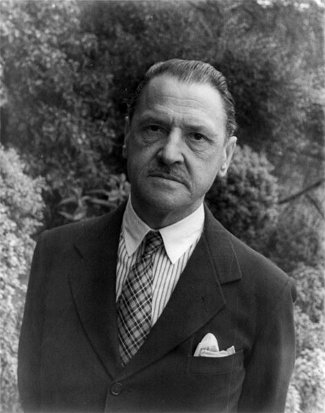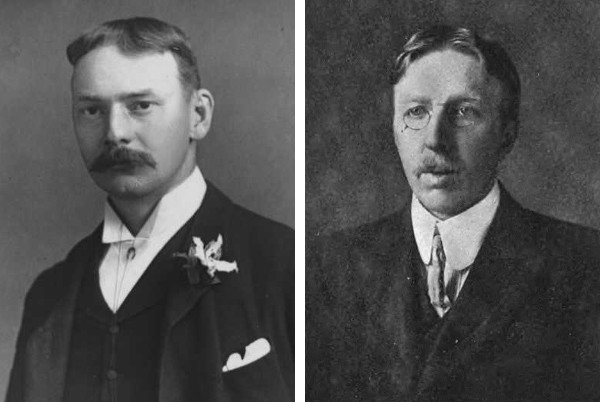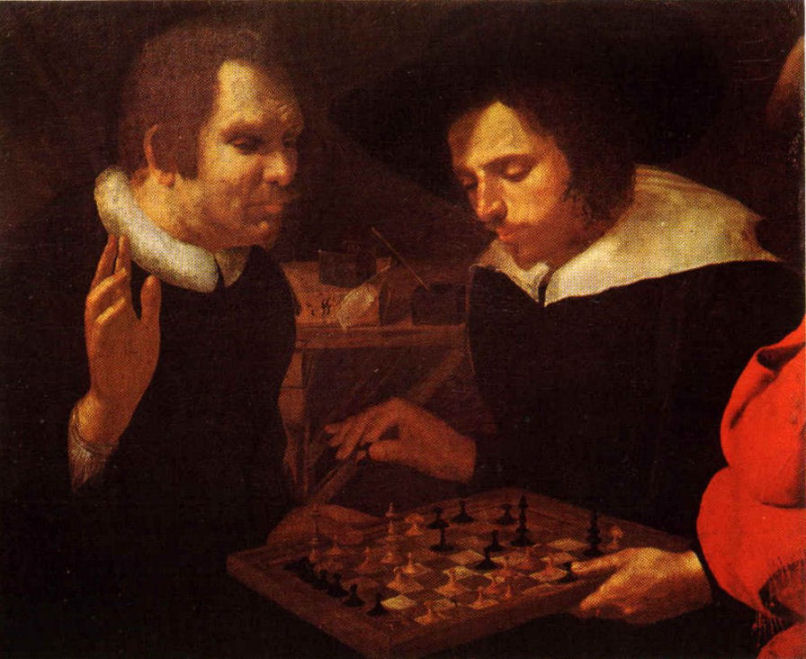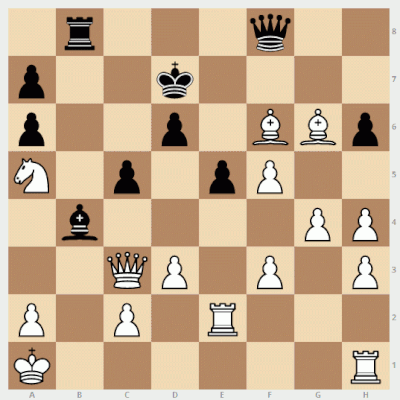There was once a man who married a sweet little wife; but when he set out with her from her father’s house, he found that she had never been taught to walk. They had a long way to go, and there was nothing for him to do but to carry her; and as he carried her she grew heavier and heavier.
Then they came to a wide, deep river, and he found that she had never been taught to swim. So he told her to hold fast to his shoulder, and started to swim with her across the river. And as he swam she grew frightened, and dragged him down in her struggles. And the river was deep and wide, and the current ran fast; and once or twice she nearly had him under. But he fought his way through, and landed her safely on the other side; and behold, he found himself in a strange country, beyond all imagining delightful. And as he looked about him and gave thanks, he said to himself:
‘Perhaps if I hadn’t had to carry her over, I shouldn’t have kept up long enough to get here myself.’
— Edith Wharton, The Valley of Childish Things, and Other Emblems, 1896






